Turbine CFD Simulation Training Package: 9 Advanced Projects by ANSYS Fluent
$499.00 $249.50 Student Discount
- Hydro Turbine Multiphase Analysis: Francis turbine cavitation phenomena, Turgo turbine cavitation behavior, and Bulb turbine sand erosion studies
- Advanced Acoustic & Thermal Studies: Francis turbine noise prediction and ZORYA DU80 first-stage blade thermal analysis
- Specialized Applications: Hydro-kinetic turbine cavitation modeling for renewable energy systems
- Gas Turbine Expertise: Multi-stage axial gas turbine simulation and kerosene combustion with soot formation prediction
- Validation Techniques: Transonic turbine cascade analysis with experimental data validation
To Order Your Project or benefit from a CFD consultation, contact our experts via email (info@mr-cfd.com), online support tab, or WhatsApp at +44 7443 197273.
There are some Free Products to check our service quality.
If you want the training video in another language instead of English, ask it via info@mr-cfd.com after you buy the product.
Description
Elevate Your Turbine Simulation Expertise with Advanced Techniques
Take your CFD simulation skills to the professional level with this comprehensive advanced turbine simulation package. Designed for engineers, researchers, and CFD specialists who already understand the basics, these nine cutting-edge projects explore complex phenomena including multiphase flows, cavitation, acoustics, thermal analysis, and transonic conditions using ANSYS Fluent.
Hydro Turbine Advanced Analysis
Francis Turbine Cavitation, Ansys Fluent CFD Simulation
Master the critical phenomenon that limits hydro turbine performance and lifespan:
- Implement advanced cavitation models for vapor formation and collapse
- Analyze pressure fluctuations and identify high-risk cavitation zones
- Evaluate performance degradation under cavitating conditions
- Develop mitigation strategies through design modifications and operational adjustments
Francis Turbine Acoustics Analysis, ANSYS Fluent CFD Simulation Training
Explore the complex relationship between flow dynamics and acoustic phenomena:
- Set up advanced acoustic models using ANSYS Fluent’s aeroacoustic capabilities
- Identify sources of noise generation including vortex shedding and pressure pulsations
- Analyze acoustic wave propagation throughout the turbine system
- Develop noise mitigation strategies while maintaining performance metrics
Bulb Turbine, Sand Erosion Study CFD Simulation
Address critical erosion challenges in sediment-laden flows:
- Implement Discrete Phase Models (DPM) for particle tracking
- Analyze particle impact patterns and erosion rates on critical components
- Evaluate the influence of operating conditions on erosion severity
- Develop design modifications to extend component lifespan
Hydro-Kinetic Turbine, Cavitation Study CFD Simulation, Ansys Fluent
Apply advanced simulation techniques to emerging renewable energy technology:
- Model free-surface flows around hydro-kinetic turbine blades
- Implement cavitation models for low-pressure regions
- Analyze performance under various flow velocities and installation depths
- Optimize blade designs to maximize efficiency while minimizing cavitation risk
Turgo Turbine Cavitation: CFD Analysis
Extend cavitation analysis to impulse turbine designs:
- Model the complex jet-bucket interaction with multiphase considerations
- Identify cavitation inception points under various operating conditions
- Analyze the impact of nozzle design on cavitation characteristics
- Develop performance maps with cavitation limits for operational guidance
Gas Turbine Advanced Simulation
Multi-Stage Axial Gas Turbine CFD Simulation
Master complex multi-component simulation for complete turbine systems:
- Set up stage-stacking techniques for multiple rotor-stator pairs
- Implement appropriate interface models between rotating and stationary components
- Analyze stage-by-stage performance and interstage flow phenomena
- Evaluate overall system efficiency and identify optimization opportunities
Soot Formation in Kerosene Flame Within a Model Gas Turbine Combustor, ANSYS Fluent
Delve into advanced combustion modeling with emissions prediction:
- Implement detailed chemical kinetics for kerosene combustion
- Configure soot formation and oxidation models
- Analyze temperature distribution, flame structure, and soot concentration
- Evaluate the impact of operating conditions on emissions characteristics
ZORYA DU80 FIRST STAGE TURBINE BLADE THERMAL ANALYSIS
Master coupled fluid-thermal analysis for critical hot-section components:
- Set up conjugate heat transfer models for blade cooling analysis
- Implement appropriate material properties and thermal boundary conditions
- Analyze temperature distribution, thermal gradients, and potential hot spots
- Evaluate cooling effectiveness and identify design improvements
Advanced Validation Techniques
Transonic Linear Turbine Cascade at Off-Design Conditions, Paper Numerical Validation
Develop rigorous validation methodology using published experimental data:
- Configure high-fidelity models for transonic flow conditions
- Implement appropriate turbulence models for shock-boundary layer interaction
- Compare simulation results with experimental measurements
- Analyze model sensitivity and establish best practices for transonic simulations
What You’ll Master
This advanced package will equip you with:
- Expertise in modeling complex multiphase phenomena including cavitation and erosion
- Advanced techniques for acoustic and thermal analysis in turbine applications
- High-fidelity approaches to combustion modeling with emissions prediction
- Validation methodologies for ensuring simulation accuracy and reliability
- Optimization strategies for improving turbine performance and durability
Who Should Enroll
- Experienced CFD engineers seeking to expand their advanced simulation capabilities
- Turbine design specialists requiring in-depth analysis of complex flow phenomena
- Research engineers developing next-generation turbine technologies
- Industry professionals addressing specific performance, durability, or emissions challenges
Take your turbine simulation skills to the expert level with these nine advanced projects. Each includes comprehensive setup guidance, validation approaches, and analysis techniques that reflect current industry best practices. Whether you’re designing new turbines or optimizing existing systems, these advanced simulations will provide the insights needed for breakthrough performance.
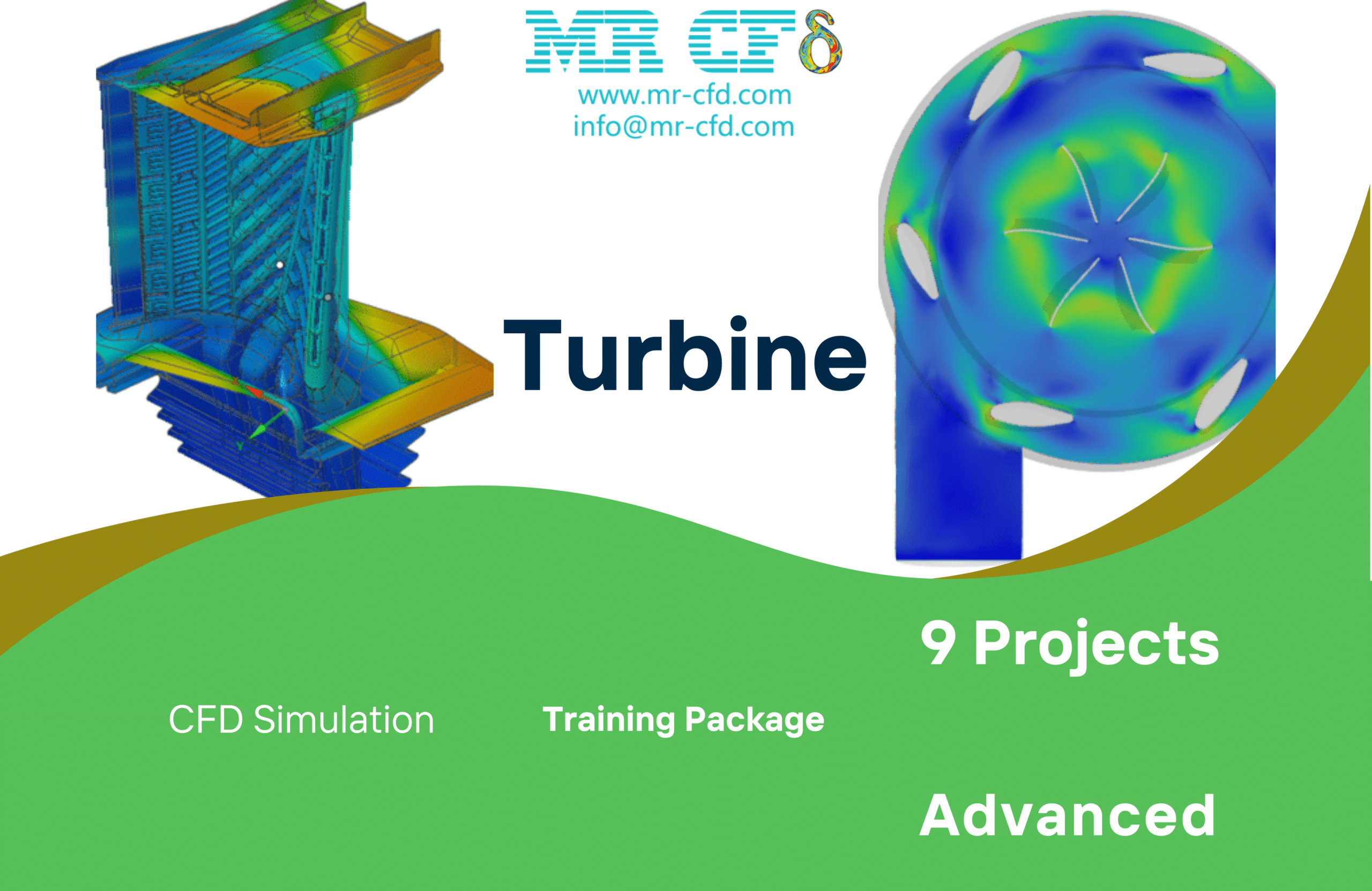
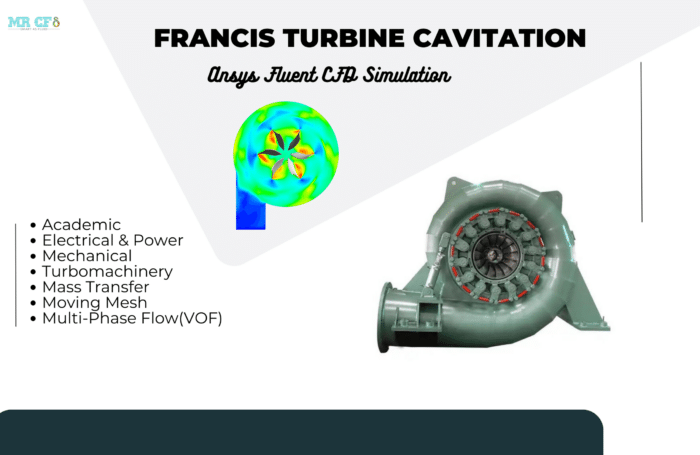


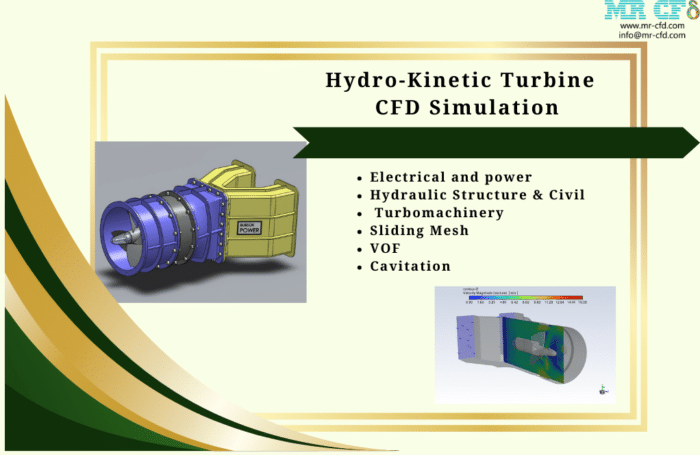
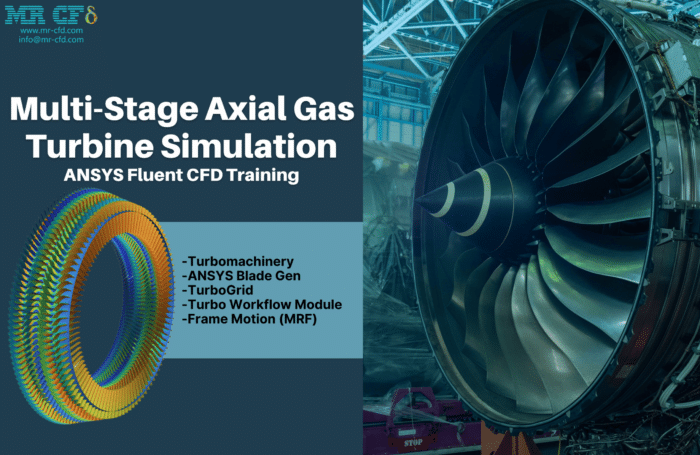
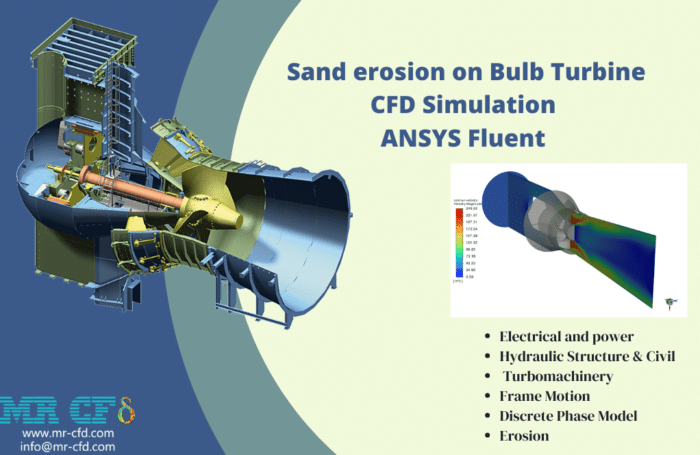
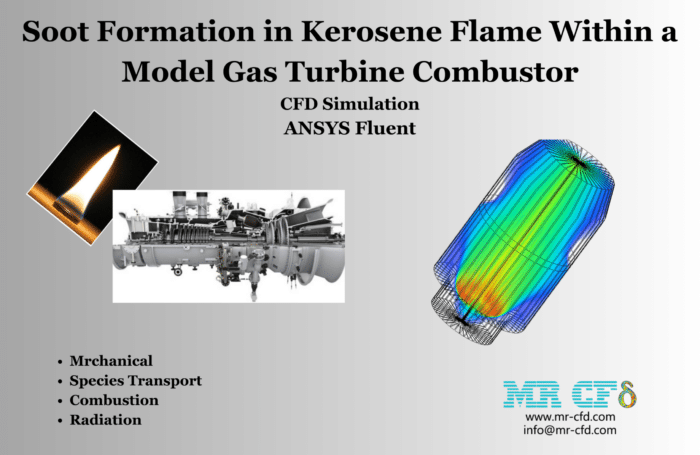
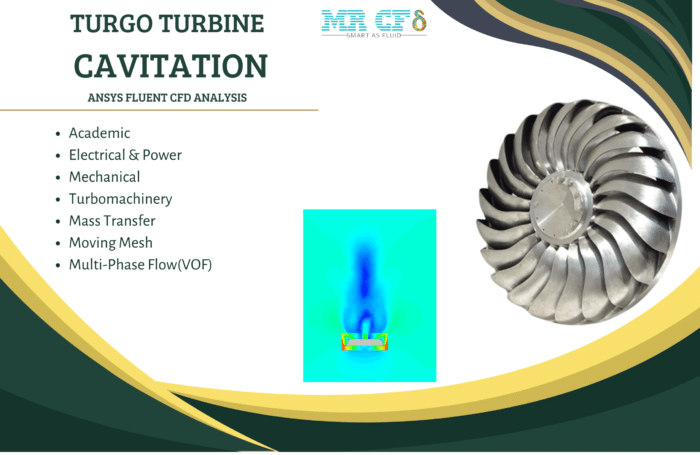
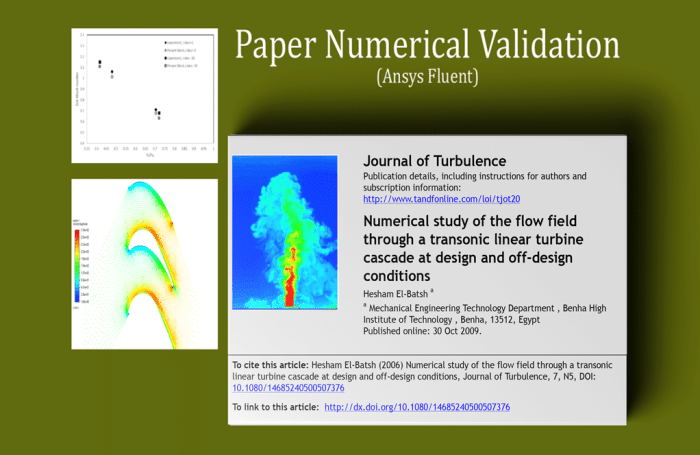
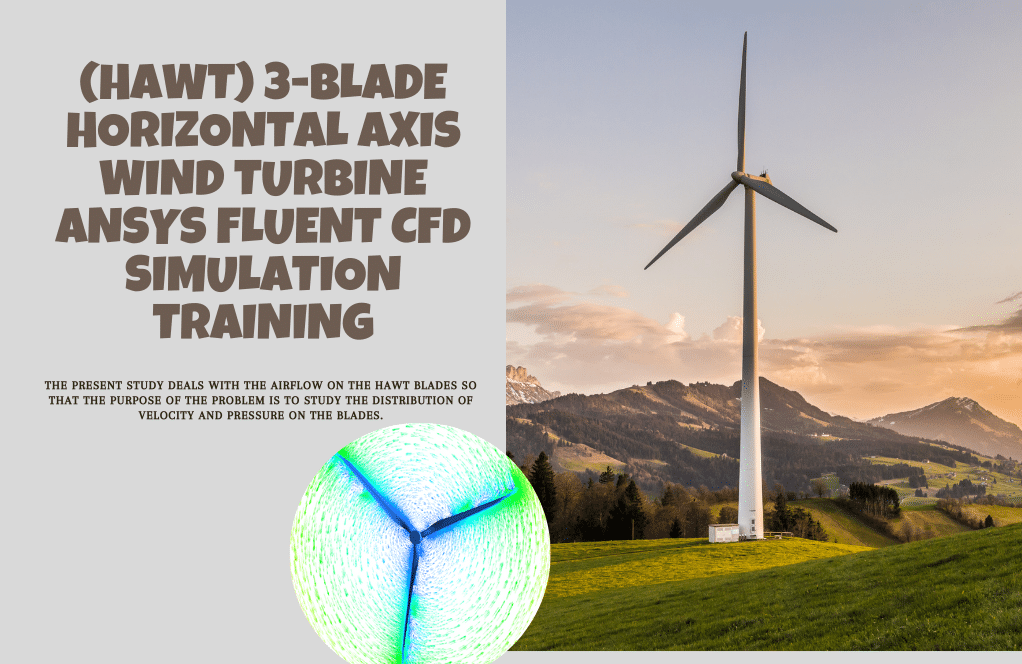

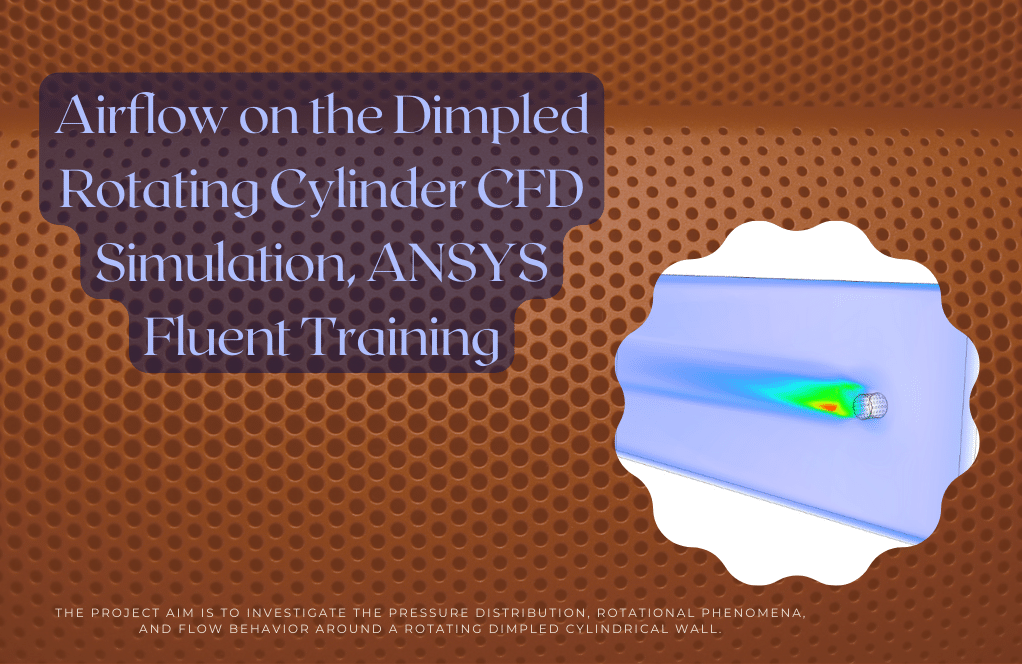
Reviews
There are no reviews yet.